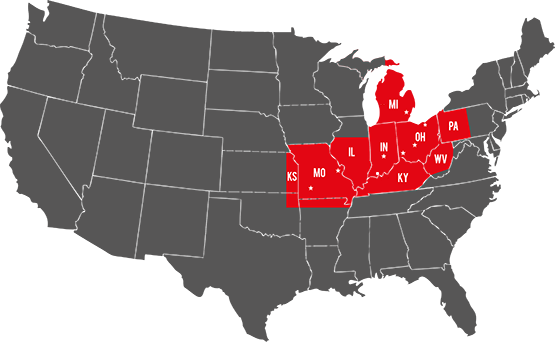Wooden floors are stylishly sleek and gorgeous options to liven up your home décor. They are easy to clean and long lasting. Here are the different types of wooden boards that will be great for your house:
Solid Wood
These planks are solid throughout and made from the finest timbers. Some are stout enough to serve as structural flooring without the need for a floor beneath to support them.
Engineered or Multi-Layered Wood
This comprises of veneered or plywood base which can have a number of criss-crossed softwood or hardwood board layers. The specified timber is at the top layer. This may serve as a good option to solid wood flooring, owing to its strength and stability.
Laminate Flooring
A layer of plastic carries the image and texture of the wood. This layer is laminated atop a board backing. High quality varieties have excellent finishing and texture and are tough and long wearing. Beware that DIY boards can look dull and lifeless and ‘wood’ finish will wear off and chip away around the boards’ edges.
Vinyl
Great timber patterns are widely available in vinyl floorings. Since these are considerable cheaper than solid wood, high grade vinyl sheet flooring can make a fine choice for bathrooms and kitchens. Vinyl floorings and block floorings tend to feel harder than other varieties. These must be laid by skilled professionals since each floor is individually designed.
Here are a few points to consider for wood floorings:
-
- Especially in upstairs rooms, timber floorings may be a bit noisy. The sound can be muffled with the help of rugs in busy areas. The professional installer will suggest the most suitable insulation to reduce noise.
- Reclaimed timber flooring may feel quite nice and soft underfoot because they are well worn. They will do well in most areas since they are quite tough. However, avoid them in bathrooms and kitchens. A bit of finishing is all it takes for it to look as good as new.
- Engineered or solid wood flooring is fine for bedrooms, halls, dining rooms and living rooms.
- Laminates will do nicely in bedrooms and living areas. But avoid using them in areas where there will be plenty of water. Water seepage will cause planks to discolor and swell.
- Vinyl substitutes are suitable for kitchens, bathrooms, utility rooms, conservatories and also main living areas.
Grades and Styles of Wood Flooring
Timber floorings come in the form of planks and boards that are made from a couple of strips. A three strip design board will have three narrow strips running along the plank’s length. When laid, the floor will hold a random strip pattern. Depending on the required depth, the planks will vary in thickness.
The thickest planks are 22 mm thick and can be laid as structural boards over joists. Thinner planks, varying from 7 mm to 15 mm, may be laid over dry smooth sub floor that acts as structural support.
Select and premium grade materials have a finishing that is knot-free, uniform and smooth. The lower grades are often referred to as ‘rustic’ or ‘natural’ and may look quite appealing and realistic. You should always look at the sample before finalizing your purchase.
Looking for more information or have any questions? Contact us today at CDC Distributors!


